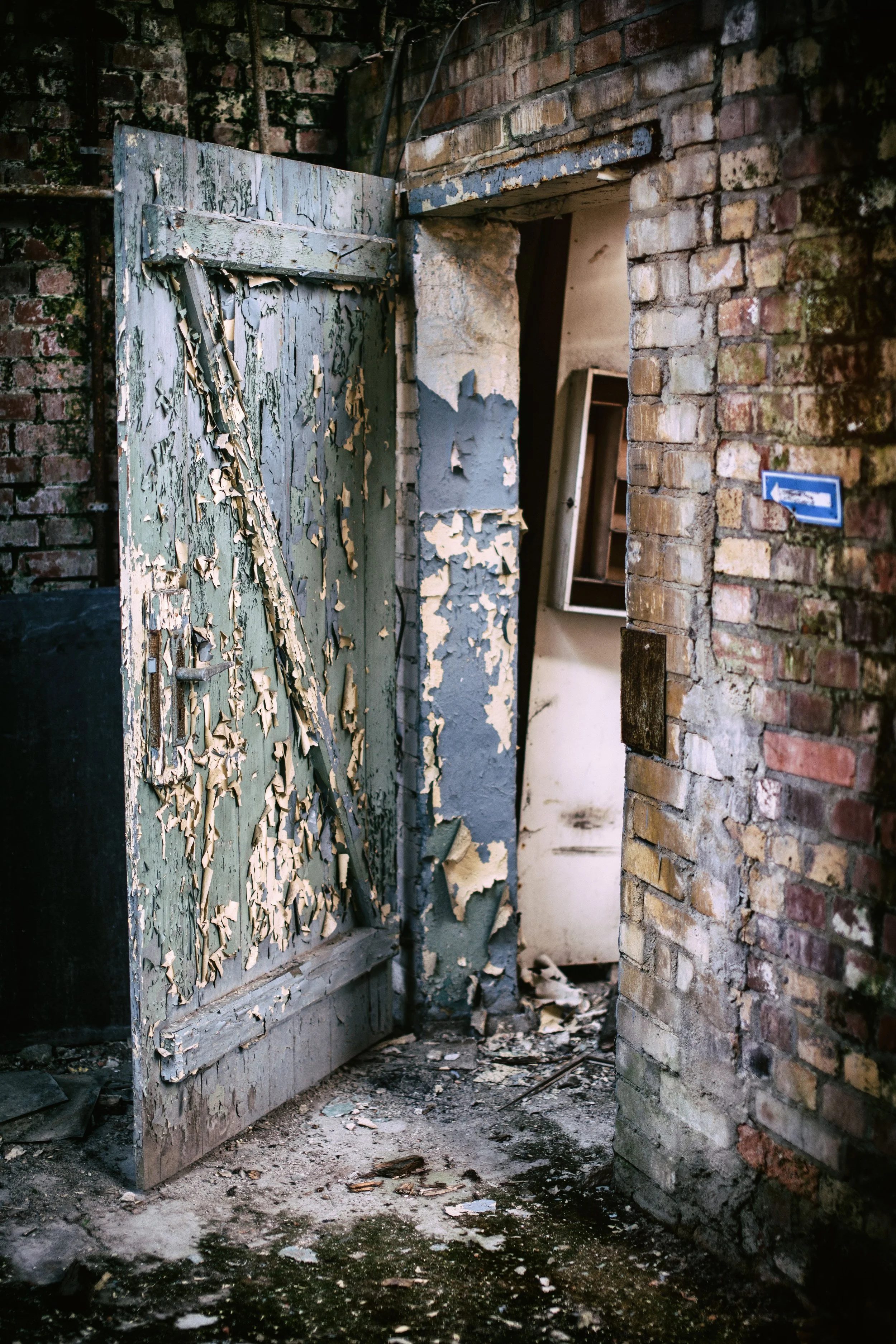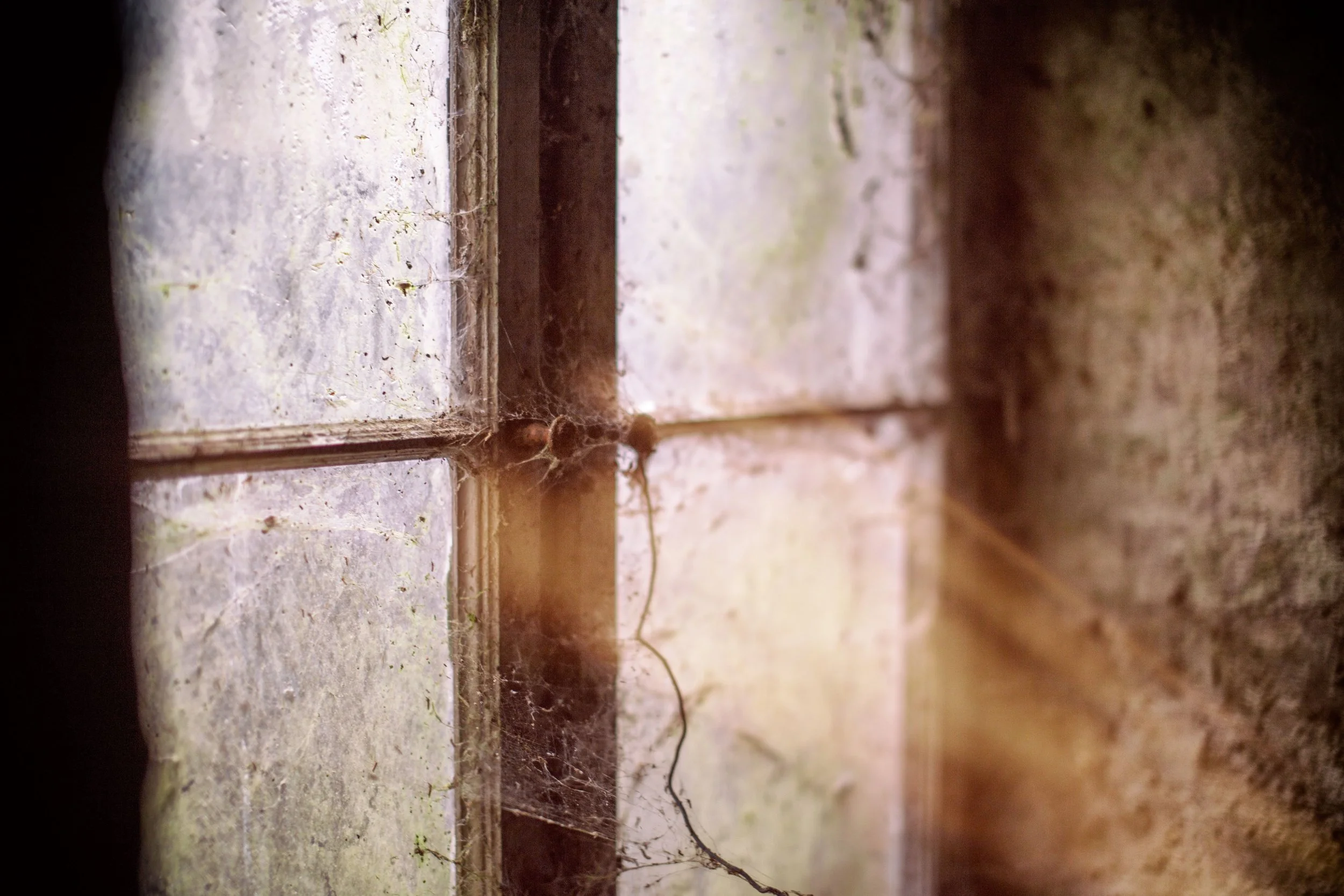Prompt, Fixer, Filter
The evolving nature of photography in the digital age, specifically in the context of AI-generated imagery, and the identity crisis and potential future of traditional photographic practices.
Key Themes:
The Shift from Witness to Prompter: The author highlights a fundamental change in the relationship between the photographer and the image. Historically, a photograph was direct evidence of presence and experience: "Photos used to prove you saw something." In the age of AI, the image can be created through instruction rather than observation: "Now they prove you prompted something." This signifies a growing distance between the creator and the visual output.
The Erosion of Photographic Truth: The piece argues that the clear distinction between the "flawed truth" of photography and the "invented beauty" of painting, which existed in the past, has blurred significantly. The ease and sophistication of digital manipulation and AI generation make it increasingly difficult to discern whether an image depicts a real event or a constructed reality. The author refers to this as the "de-realization of the photographic world," citing William John Mitchell.
The Existential Crisis of Traditional Photography: The author, identifying with analog photographers, describes an "existential tangle" brought on by the rise of AI. Traditional photographers face the dilemma of competing with AI, which is infinitely efficient and tireless, or embracing the inherent imperfections and labor of their craft.
Finding Meaning in Imperfection and Process: The author advocates for the latter, suggesting that the future of traditional photography lies in leaning into its "fragility, texture, and imperfection." This includes the sensory and ritualistic aspects of analog photography, such as "the calm ritual of winding film" and the "good old smell of stop bath." These are elements that AI struggles to replicate authentically.
Photography as Art, Not Just Journalism: The author proposes that photography should shed its historical role as primarily a form of documentation or "journalism" and embrace its potential as a form of creative expression akin to poetry or jazz. This allows traditional photographers to focus on the artistic and subjective aspects of image-making, rather than being solely concerned with literal truth.
The Value of Presence and Witnessing: Despite the ability of AI to simulate aesthetics, the author argues that it cannot replicate the human experience of being present and witnessing a moment. The act of taking a photograph, especially with traditional methods, "demands presence. It still whispers: 'Be here. Look harder. The moment matters.'"



